O Stag, how did you fail me? Let me count the ways. The Triumph Stag was built with a V8 engine of Triumph’s own design. This proved fatal. Initially, the engine was fuel injected, but the result was unreliable (which must have been the only portion of the development phase that Triumph cared about reliability), so Triumph switched to a dual carburetor set-up. But that obliterated horsepower – taking the “Grand” right outta “Grand Touring” -necessitating larger displacement. Instead of increasing stroke, the company went for bore, creating an oversquare motor. That in turn sapped torque. Worse yet, to make room for larger cylinders, the cooling passages were downsized! As if determined to make certain the motor would overheat at every opportunity, the water pump was mounted above the radiator fill line in the valley of the motor! Consequently, it was almost impossible to fill the system enough to service the pump, and we won’t even talk about why you’d put a water pump in the hottest place inside the engine bay. People cook steaks on their motors for crying out loud. Now let’s talk about the fact that the heads were aluminum and the block was iron. Ok, but the factory forgot to tell dealers and owners to use coolant that will help alleviate that mismatch. And then there’s the matter of the head studs. In order to make servicing easier, Triumph installed one set of studs per bank at a right angle to the head. Great. But the other set was at a 20-degree offset, causing heads to warp! Whew! Ok, I am sure that’s going to make you very enthusiastic about the Stag here on eBay, bid to $5,077, reserve not met. This car is in Asbury Park, New Jersey.
We have discussed the motor at length; here’s its photo shoot. Despite my dismay over yet another situation when Triumph managed to snatch defeat from the jaws of victory, restorers have figured these cars out. The 3.0 liter V8 can be reworked to improve the cooling system and provide more power. Many many owners gave up and slammed small block Chevy motors in here, but those present their own conundrums.
The factory supplied a plush interior, and this example is in decent condition. The driver’s left bolster is a bit collapsed. Note this car is an automatic. Some came with a four-speed manual and those are preferred by the market. This shot shows a portion of the rollover bar. These cars came with a removable hardtop as well as a soft top. The hardtops are not easy to find; this one is present and painted to match the body as was original.
The underside is fair. I suspect close examination will turn up something we don’t want to see. There is rust in one fender. Rust is like cockroaches – where there’s some, there’s more. All this said these cars are gaining favor with collectors. Prices have been rising. It’s hard to know without a close inspection if this car is worth a gamble, but for my money, I would probably buy a restored version with a manual.





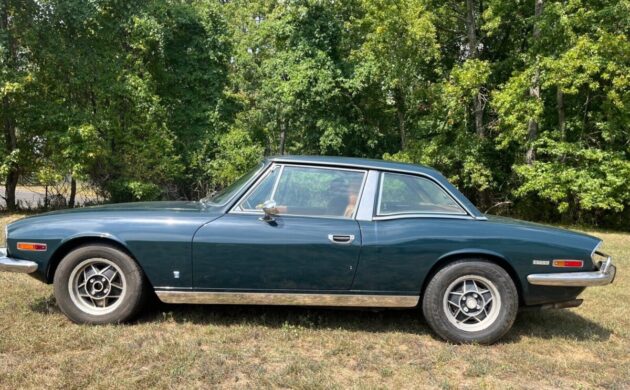
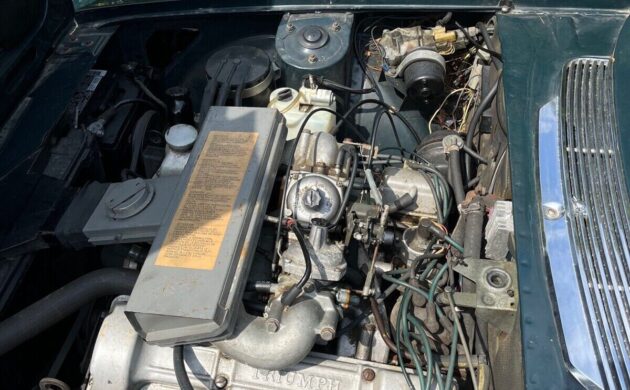
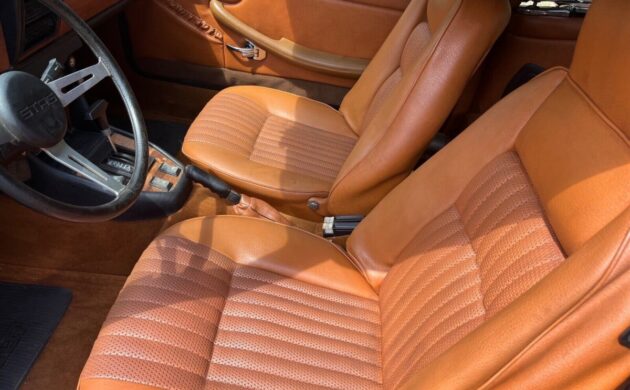
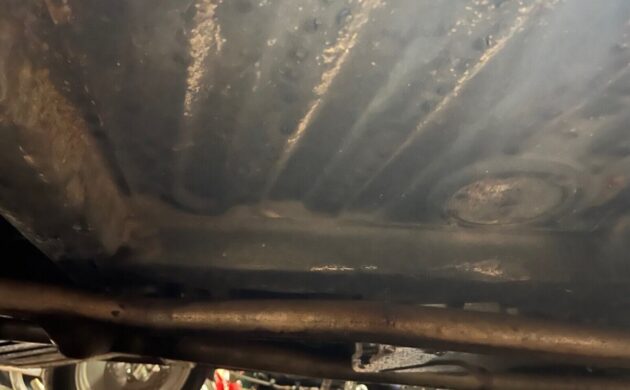

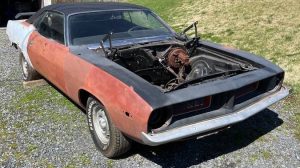
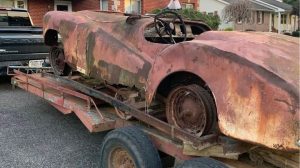
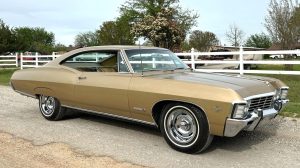


Not worth the gamble. Only way to fix the engine woes is replace them with something else.
You have to wonder why they just didn’t use the Rover v8. Still a viable alternative.
rubbish guys this is 2022 there are loads for fixed to make them reliable 2 just covered 2000 miles doing to 10 country torpedo run , mine starts runs in 100 degree NC weather np
Agree, the Rover V8 in one form or another is usually the best choice. The Triumph V8 has seven flaws, not all of which can be fixed so while the frequency and extent of the problems can be reduced, it’s never going to be as robust as a well-built Rover. It was a shame because there’s little wrong with the rest of the design and though they’re not fast, the exhaust note does seduce many and they fall in love with the things. For everything you do there’s a price to be paid.
https://nihilistnotes.blogspot.com/search?q=Unique
This are stretched Triumph Spitfire. The design comes from
Michelotti, the interior fits to the body language. Classic
English with wood on leather. Only a E-Type interior outstanded it.
Engine cooling can be improved.
The Stag has very little in common with the separate-chassis Spitfire, other than Michelotti styling cues. The basic architecture of the unibody Stag is much closer to the big Triumph 200/2500/2.5PI sedans.
The engine is a Saab design modified to suit Triumph use. The same design was halved and used in the TR7 which had the same head bolt problems and misplaced water pump. If the water pump had been fitted lower and belt driven like most cars of the era a lot of the issues would have been avoided. I worked for JRT dealer when these cars produced. As usual for JRT cars of the time product line infighting caused a lot of the issues. Not wanting to share from one line to the other caused the end of all but Jaguar, and it came close.
The original four-cylinder engine was a Triumph design that was then also sold to Saab for the then-new 99. Saab later did extensive reworking to the engine and continued to use it in the 99 and 900 series for some time.
Agreed. The 4 cylinder Triumph Dolomite was the origin, two blocks being used to form the V8. Disastrously.
Although the engine can be made reliable by modern specialist reworking ( as per Philip’s comment above), it deserves its reputation. No sense in reinventing history…
They make great lawn art
There is one running around in Australia with a 428 Cobra Jet engine swap.
I didnt know that Lucas built engines. Snatching defeat from the jaws of victory—LMAO! Good luck, you will need it.
Cheers
GPC
Son’s first car was a Stag. We installed a Ford 289 a 4 speed standard transmission. 3rd gear was direct, 4th was overdrive. Turned out to be a comfortable and reliable cruiser. It was also fairly fast too
Do they make a kit for that swap or did you do the fabrication yourselves? I always thought that would be a good swap for those cars, be kinda off the equivalent of a tiger.
Had to fabricate everything for the 289 swap. Motor mounts, cable operated clutch, exhaust system etc. None of it was very difficult.